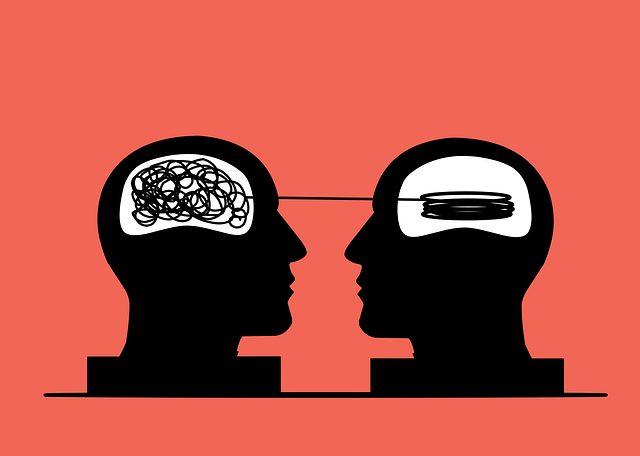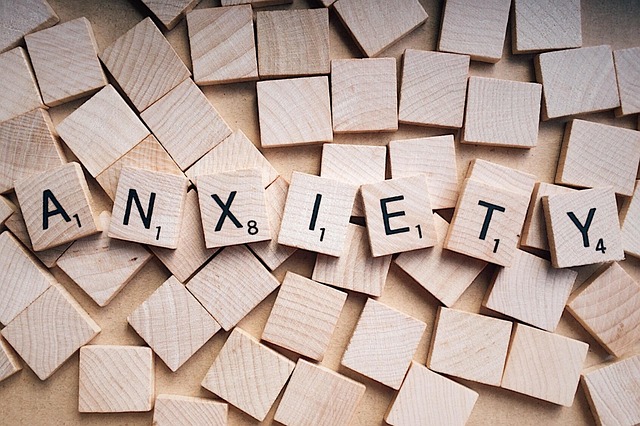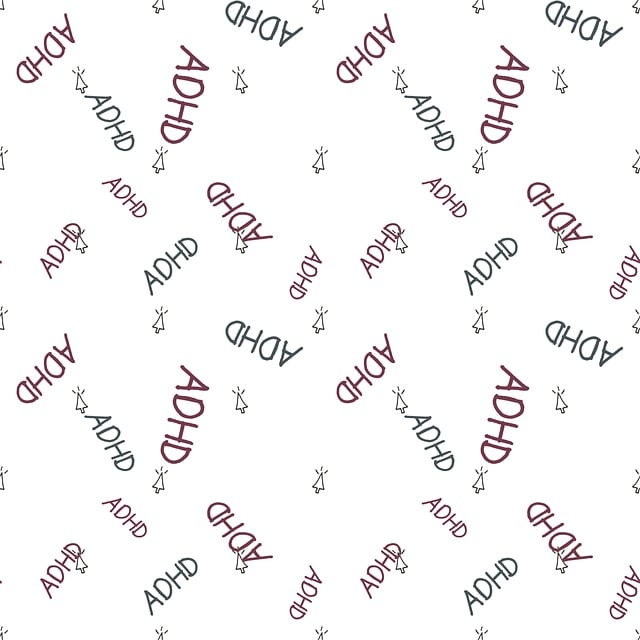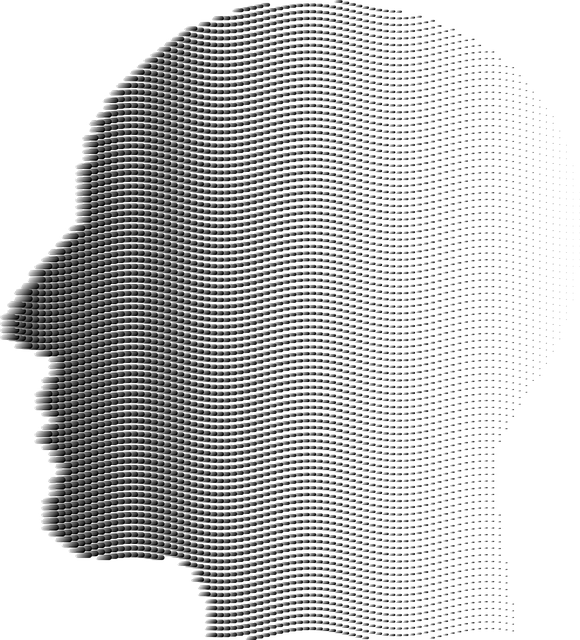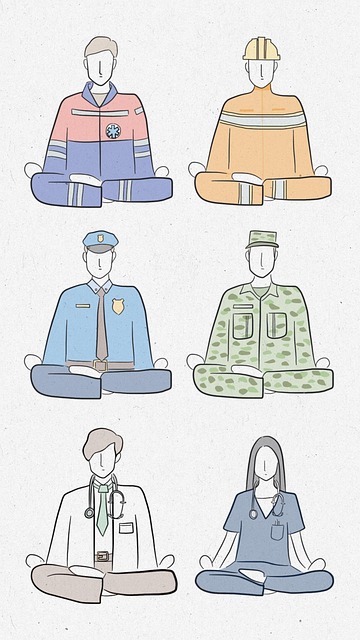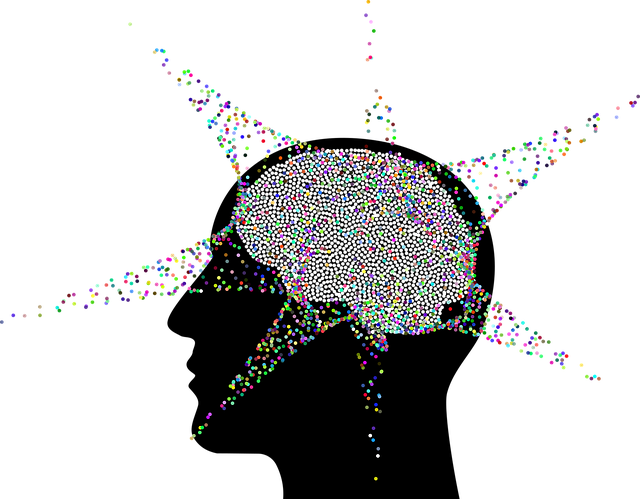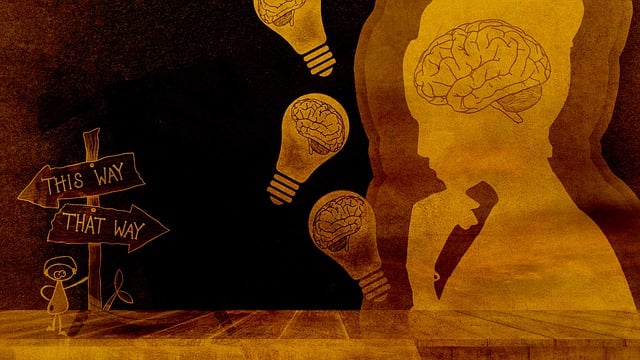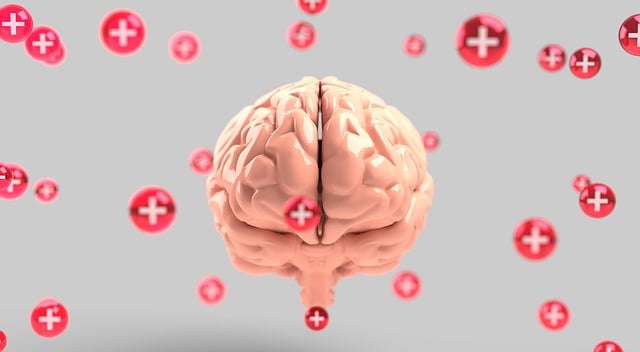Mental wellness programs, like Golden Child Abuse Therapy (GCAT), use a combination of pre-post assessments and qualitative feedback to measure their effectiveness. GCAT, tailored for communities affected by historical trauma, employs culturally sensitive techniques to enhance engagement and improve outcomes. Evaluations involve quantitative methods (e.g., surveys, KPIs) and qualitative insights (focus groups, interviews) to track progress in areas like mood management, stress levels, and coping mechanisms. This data-driven approach ensures programs remain responsive to evolving needs, fostering continuous improvement and demonstrating their value through accountability and resource securing.
Mental wellness programs are gaining critical importance in today’s fast-paced world. Evaluating these programs effectively is crucial for understanding their impact and making informed decisions. This article explores various evaluation methods, including the specific role of Golden Child Abuse Therapy, a powerful tool for assessing mental health initiatives. We’ll delve into common assessment techniques, key performance indicators (KPIs), and strategies for continuous improvement, providing valuable insights for professionals in this field.
- Understanding Mental Wellness Programs and Their Evaluation
- The Role of Golden Child Abuse Therapy in Program Assessment
- Common Methods for Evaluating Wellness Initiatives
- Measuring Success: Key Performance Indicators (KPIs)
- Continuous Improvement: Feedback Loops and Adaptation Strategies
Understanding Mental Wellness Programs and Their Evaluation

Mental wellness programs are designed to support individuals in cultivating inner strength and resilience, navigating life’s challenges with adaptability, and fostering positive mental health outcomes. These programs encompass a wide range of interventions, from individual therapy sessions to group support groups and community-based initiatives, all aimed at enhancing overall well-being. Evaluating these programs is crucial to understanding their effectiveness and ensuring they meet the unique needs of diverse populations. By employing robust evaluation methods, such as pre-post assessments, qualitative feedback, and outcome measures, mental health professionals can gain valuable insights into the impact of interventions like Golden Child Abuse Therapy.
This process involves assessing both short-term improvements and long-term sustainability. For instance, Trauma Support Services often focus on immediate crisis intervention using Crisis Intervention Guidance to stabilize individuals. Evaluations can then track participants’ progress over time, examining how well they’ve developed inner strength and implemented coping strategies. Such comprehensive assessments help in refining programs, identifying areas for improvement, and ensuring that services remain responsive to the evolving needs of those seeking mental wellness support.
The Role of Golden Child Abuse Therapy in Program Assessment

Golden Child Abuse Therapy (GCAT) offers a unique and specialized approach to mental wellness program evaluation, especially within communities that have experienced historical trauma or systemic oppression. This therapeutic method recognizes the impact of intergenerational trauma on children and young adults, often resulting from abuse, neglect, or adverse social conditions. By incorporating GCAT techniques, mental health professionals can assess and improve programs designed to support vulnerable populations.
The assessment process involves creating a safe and supportive environment, encouraging open dialogue, and exploring cultural narratives. This culturally sensitive approach ensures that the program’s interventions align with the clients’ beliefs and experiences, fostering better engagement and outcomes. GCAT facilitates the identification of underlying issues, such as burnout prevention among caregiving staff and stress management strategies for participants, which are crucial elements in designing comprehensive mental wellness programs.
Common Methods for Evaluating Wellness Initiatives

The evaluation of mental wellness programs is a multifaceted process, designed to assess the effectiveness and impact of interventions aimed at improving individual and community well-being. Common methods include both quantitative and qualitative approaches, tailored to fit the specific goals and contexts of each initiative. Surveys and questionnaires are frequently used to gather data on participants’ perceptions of their mental health status, satisfaction with services, and changes in symptoms over time. These tools can be administered pre and post-program to track progress and identify areas for improvement.
For instance, the Golden Child Abuse Therapy (GCAT) program might employ a series of standardized measures to assess participants’ mood management skills, stress levels, and coping mechanisms before and after treatment. Additionally, focus groups and in-depth interviews provide deeper insights into individuals’ experiences, offering qualitative data that enriches quantitative findings. Beyond GCAT, mental wellness podcast series production often incorporates audience surveys to gauge the reach and impact of their content on listeners’ mental illness stigma reduction efforts.
Measuring Success: Key Performance Indicators (KPIs)

Measuring Success: Key Performance Indicators (KPIs)
Evaluating the effectiveness of mental wellness programs is paramount to ensuring positive outcomes for participants, especially when addressing sensitive issues like child abuse therapy. The success of such interventions can be gauged through a set of strategically chosen Key Performance Indicators (KPIs). These metrics provide a clear framework for understanding progress and impact. For instance, in the context of Golden Child Abuse Therapy, KPIs might include changes in clients’ emotional expression and regulation skills, improvements in their interpersonal relationships, and increased resilience in coping with traumatic memories.
By tracking these KPIs, mental wellness coaching programs can identify effective practices and areas requiring refinement. This data-driven approach allows for continuous improvement in delivering services that foster emotional healing processes. Moreover, it enables stakeholders to demonstrate the program’s value, ensuring accountability and potentially securing resources for sustained support and growth.
Continuous Improvement: Feedback Loops and Adaptation Strategies

In the realm of mental wellness program evaluation, continuous improvement is paramount. Feedback loops serve as powerful tools, enabling programs to adapt and optimize their strategies based on real-world outcomes and participant experiences. This iterative process involves gathering diverse perspectives—from clients and therapists to clinical supervisors—to identify areas for enhancement. By integrating this feedback into a dynamic adaptation framework, mental health initiatives can evolve, ensuring they remain responsive to the evolving needs of those seeking support, particularly within the context of Golden Child Abuse Therapy.
Effective communication strategies play a pivotal role in this continuous improvement cycle. A well-structured Mental Wellness Podcast Series Production, for instance, can facilitate open dialogue and enhance Mental Health Awareness. By sharing success stories, challenges, and innovative approaches through such platforms, practitioners foster a culture of transparency and learning, ultimately driving the evolution of evidence-based practices within their programs.
In evaluating mental wellness programs, a comprehensive approach is essential. The article has explored various methods, highlighting the significance of Golden Child Abuse Therapy as a robust tool for assessment. By combining qualitative and quantitative techniques, such as KPI tracking and feedback loops, initiatives can be fine-tuned to better support participants’ mental health journeys. Continuous improvement through adaptable strategies ensures that wellness programs remain effective and responsive to evolving needs.
